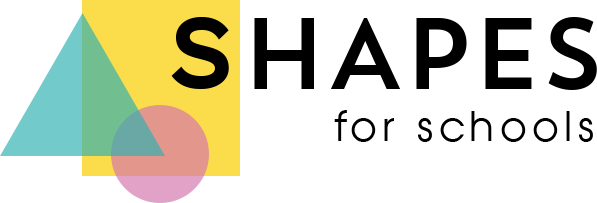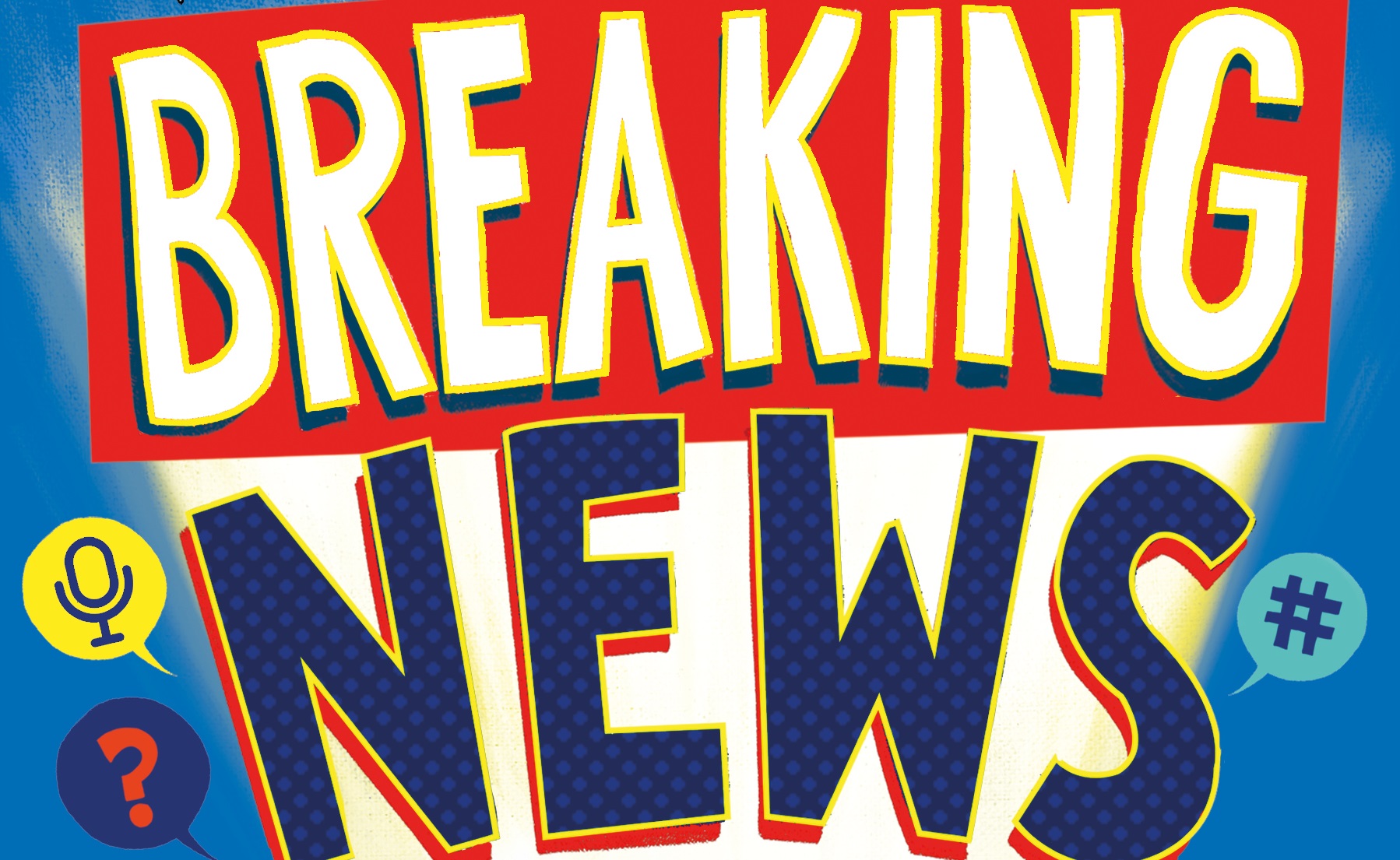Understand the news with Breaking News: How to Tell
What’s Real from What’s Rubbish!
Watch the event here:
https://www.edbookfest.co.uk/the-festival/whats-on/breaking-news-how-to-tell-what-s-real-from-what-s-rubbish-with-nick-sheridan
Download the full resource below:
Level:
P4–P7 / KS2/3
Explore themes of:
•Modern Media •Critical Literacy •Fake News •Writing and Presenting the News
Subject Checklist:
• English Language •Social Studies •Expressive Arts •Health and Well-being
At a Glance
Before watching Nick’s event or reading the extract!
- What is the ‘news’? How do we access the news? Come up with at least three ways.
- Can you explain the difference between ‘real’ and ‘fake’ news?
- Why do organisations publish fake news? What is the motivation to do this?
Book Cover Activity: The Pros and Cons of Modern Media
What is ‘modern media’ and how does it affect how you consume the news? How is the media different now to what it was twenty years ago? What about a hundred years ago? In pairs, make a list of the pros and cons of modern media for young people. Consider:
- What platforms are available for you to access the news?
- How do these different platforms work?
- How is the news presented to you? How does it make you feel?
Note down a list of up to ten ‘Top Tips’ for how to use modern media to access the news responsibly.
Read the Extract Taken from Chapters One to Three of ‘Breaking News: How to Tell What’s Real from What’s Rubbish’.
Discussion Questions
- How did ancient rulers use fake news?
- What is Nick Sheridan’s one-word definition for news?
- What are some of the ways that we receive news today?
- Can you list of some of the people who create and shape the news?
- What are the sorts of questions can you ask when you watch or read an upsetting piece of news? How might you take care of yourself after reading some upsetting news?
- Who inspired one of the one of the very first newspapers?
- What does ‘dilbao’ mean and where does the word come from?
- .Which invention in 1843 represented a huge moment for newspapers?
- When did it become more common for Europeans to read and write?
- Whose job was to shout ‘Oyez!’ in the big European cities in the 1500s?

Get to Know the Author and the Book!
News and Journalism
Nick is an award-winning journalist and television presenter, with a decade of experience working in broadcast media. He spent two years reporting and presenting RTE news2day, the young person’s news programme for Ireland’s national broadcaster.
- Nick is a journalist. Can you define what this job entails? Write the word ‘journalist’ at the centre of a large sheet of A3 paper and mind-map what you know about the daily activities or responsibilities of a journalist. Note down any questions you have.
- What skills or qualities do you think you need to be a good journalist? What different types of stories can journalists report on?
- Spark discussion about the news by playing the Yes or No Game.
- At one side of the classroom, place a sign saying ‘Yes’. At the opposite side of the classroom place a sign saying ‘No’. Everyone should then stand in the middle between the two signs.
- After each question below, move over to either the ‘yes’ or ‘no’ side of the room.
- Do you access the news on television?
- Do you find or access news online?
- Do you usually trust what you watch or read?
- Have you ever judged someone or a situation based on news you’ve watched or read?
- Has the news ever confused or upset you?
- Use the game to identify trends in your responses and to share your ideas about the news.
Your Turn: Creating a News Report
Real or Fake?
Nick explains that we have to be very careful when we talk about Fake News. Although lots of fake information immediately sounds ridiculous, there are other times when it’s not as easy to pick up on. How can we tell the difference?
- In recent years there have been examples of politicians who don’t like what news organisations say about them, and they dismiss the stories as fake news – even if they’re true. Can you think of any examples of this?
- Calling a true story fake news means that we get confused, and often don’t know who to trust! Nick gives some tips in his book for how to spot fake news:
- Use your common sense.
- Look and see who is posting the information.
- Consider what emotions the article or video makes you feel.
- Ask if the article or video is attacking a certain person or group.
- Consider: is the article or video balanced and fair?
- If there is a photograph, verify the source.
- For each of the tips above, expand on what you think Nick means.
- Have a go at writing your own ‘fake news’ article or creating a fake news report in a style that you might see on television.
- Ask your classmates to spot the fake news clues!
Reflection and Further Questions
Reflection Activity
Think over all that you have learned. Perhaps you have been inspired to think more about how you access the news? Or you’ve come up with some top tips for how to engage with the news responsibly and healthily – helping you separate what’s real from what’s rubbish!
Set up your own school newspaper! Come up with a name for your publication and a list of jobs for everyone involved. How can you ensure that the young people in your community trust your newspaper to report real rather than fake news?
Lastly, do you have any final questions you would like to ask Nick if you got the chance? Try to think of at least two and make a note of them.
Keep your eye out for more awesome books from Nick Sheridan, as well as the other authors from the Edinburgh International Book Festival!


